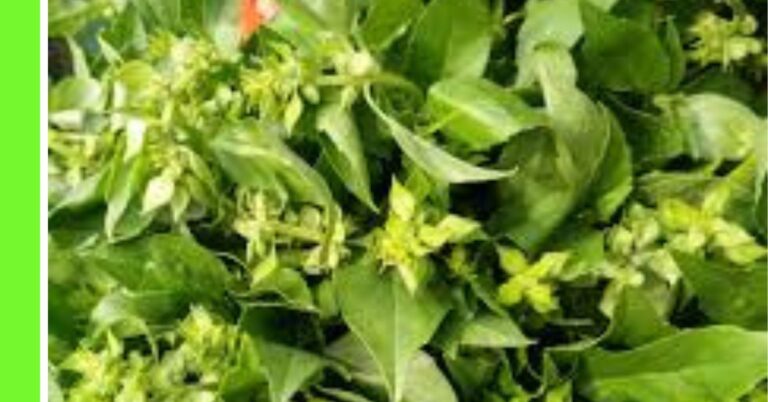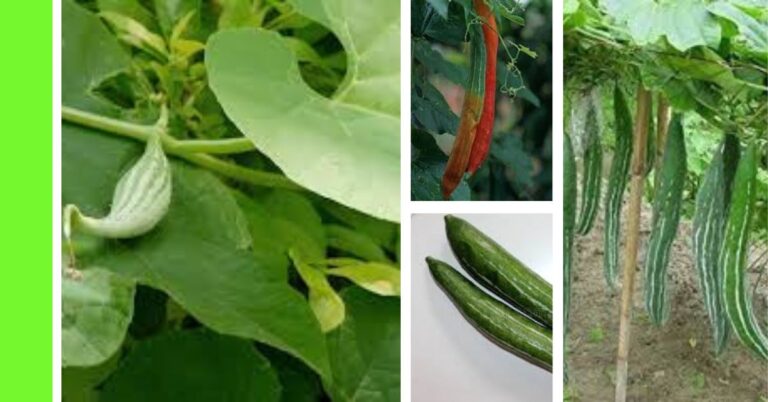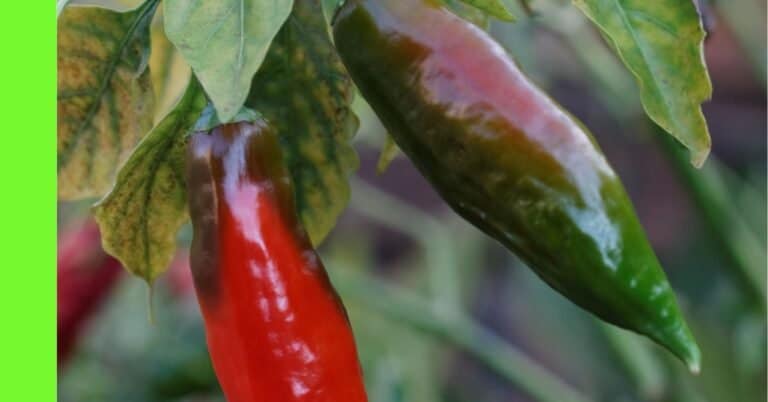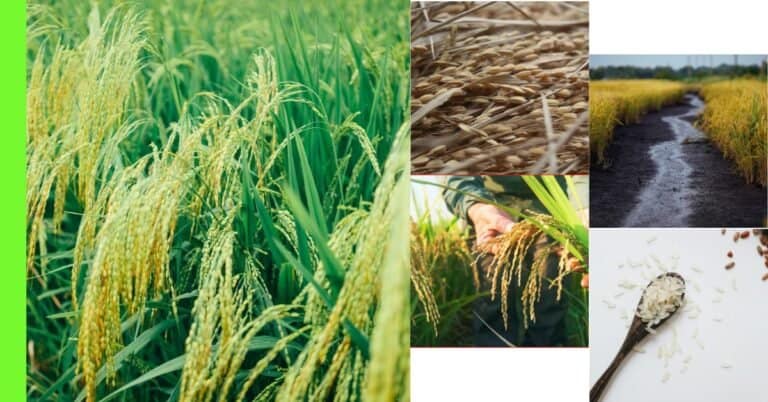Planting Tomatoes: See How To Plant Tomatoes
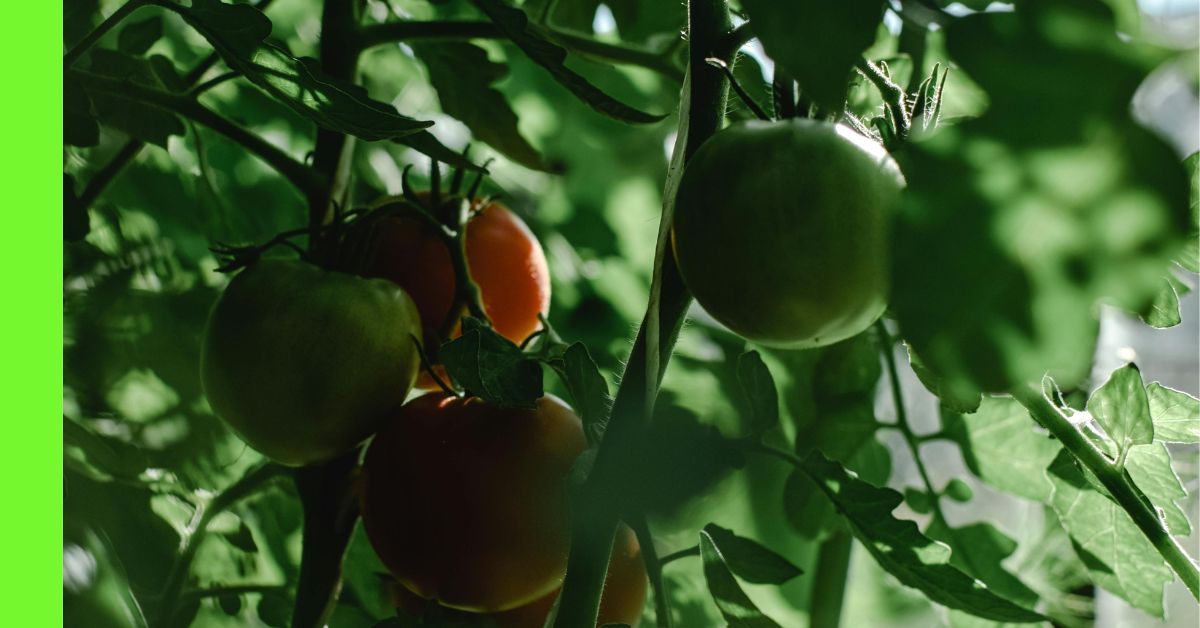
‘It’s difficult to think anything but pleasant thoughts while eating a homegrown tomato.’ Lewis Grizzard
What goes through your mind when you hear about the berry ‘Tomato’?
would you love to own them freely at your disposal without buying them,
then I am sure you will love to know how to plant tomatoes.
Tomato is a flowering nightshade plant (Solanaceae) that is widely grown for its edible fruits.
Fruits and vegetables are essential for human growth and development, one of such fruits are tomatoes.
Before we go into the planting of tomatoes, let’s do a brief study of the plant.
Description of Tomato Plant
The tomato plant is a dicot and herbaceous plant.
It grows up to 9 feet tall with soft and hairy stems.
It has 5-9 leaflets and the leaves can be 4 to 24 inches long.
Flowers are yellow with five loves on the Corolla, they are 2cm (0.8 inch) across.
When the tomatoes are unripe they are green and when they are ripe they are deep red in colour depending on the variety.
Planting Season for Tomato
Tomatoes can be grown all year round.
Early planting is done between March and April, mid planting between June and July, late planting between September and October.
Tomatoes are found in the market all year round.
Tomatoes can be planted in every state in Nigeria, yet it is mostly planted in the northern part of the nation.
Step to Step Process of Planting Tomatoes
Step 1: Seed Selection
Tomato is planted primarily from seed.
To cultivate the plant you will need to purchase seeds or seedlings,
This can be bought from garden or farm stores.
There are several tomato varieties in Nigeria, decide on which of the varieties you want to plant.
This should be done carefully because the seed variety would determine the yield, quality of the tomato and resistance to diseases.
Some popular varieties are Corbra F1, Roma VF, Platinum etc.
If you are buying seedlings to plant, continue reading from step 3.
To grow from seed the first step is to prepare and grow a nursery.
Step 2: Nursery Preparation
In preparing a nursery you can do this on raised beds or bags (seedling tray or nursery pot or seedling bags).
- Fill this bag with soil, the soil should be a mixture of garden soil and organic manure or compost.
- The number of tomato plants you want to grow will determine the number of bags to fill up
- One bag to one seed.
- Make ½ inch hole deep into the soil in each of the bags or container
- And place the seed into it.
- Cover up the hole with soil
- Water the soil.
2b. Location for your nursery
Ensure to locate the nursery in a shaded location, an example is under a tree or at the balcony.
2c. Germination
It takes about 5 to 12 days for the seed to germinate
After about 4 to 5 weeks the seedling should be ready for transplanting.
By this time the plant should have been about 8 to 10 cm in height and have about 3 to 5 leaves or more.
Step 3: Transplanting
The next step is to transplant the seedlings to the ground, raised bed or container.
3b. Location
Select a location with a good amount of sunlight, tomato needs at least 6 hours sunlight in a day.
The soil were intended to plant tomatoes should be well drained and not waterlogged.
Tomato does well in most soil types but I recommend a sandy – loamy soil.
3c. Land Clearing and Preparation
- Clear all dirty, weed or shrubs in the chosen location
- Till the soil to soften it.
- Incorporate manure into the soil.
- Water the soil
3d. Transplant
Transplanting should be done early in the morning or in the evening.
- Make a hole in the ground the size of the bag or tray used to grow the seed.
- Carefully bring out the soil and seedling plant from the bag or tray.
- Place it gently into the hole made on the ground
- Cover up the hole with sand.
- Give a spacing of about 90 cm (2.9 ft) between each plant.
Step 4: Watering
Tomato plant need good amount of water,
If you are planting the crop during the dry season
The plant will rely solely on irrigation,
Ensure the plant is watered once everyday.
It’s best to do this early in the morning or in the evening.
If you are growing the crop during the raining season
You do not need to water everyday but be sure to water the plant when there is no rain.
When watering the plant water the roots
Do not water the tomato plant (leave and stem)
This can cause expose the plant to diseases.
Step 5: Stacking
As the tomato plant begins to grow, the plant needs to be stacked.
This is done by placing a rod or stick close to the plant and gently attaching the plant to the stalk.
This can be done one plant to a stack (single stalking) or stalking about five to six plant together (multiple stacking).
As the tomatoes keep growing, keep attaching it to the stalk.
Step 6: Apply Manure
Make sure to apply manure or compost to the plant every two weeks.
Step 7: Pruning
From time to time prune the plant this helps to improve the yield of the tomato plant and reduce the risk of being affected by pest and diseases.
Maturity and Harvesting
After You have grown your tomato plant for about 3 ½ months, one expects that the tomatoes should have ripened and should be ready for harvesting.
Tomatoes fully mature 90 to 120 days after transplanting.
How do we know if our tomatoes are ready to be harvested?
One parameter to know is the color:
Here in Nigeria ripe tomatoes are mostly red in colour so when the colour transforms from Green to red, you know that the tomato is ready for harvest.
Another parameter is the smell, tomatoes have a rich unique aroma that comes out when it’s getting ripe, from mid green stage down to the very ripe red stage.
Also the feel of the tomato is another strong indicator of ripeness, when it feels soft and ready to fall, it knows it’s ripe.
If you squeeze a tomato gently and it makes an indentation that springs back, know it’s ready.
Ripe tomatoes sometimes fall from the plant on their own.
Now when you are sure that your tomatoes are ready for harvest,
You can harvest them by holding the plant with one hand and the tomato with the other hand, then gently twist the tomato around the stem until it breaks.
You can also use your knife or scissors to cut the tomatoes from the stem
Pest and Diseases
Tomato plants are sometimes affected by some pests and diseases that can tamper with the growth of your tomatoes,
These are what you will look out for when pruning, watering and fertilizing or manuring,
to ensure they are treated so that your plants produce at their maximum.
Some of these pests include:
- Aphid
- Beet army worm
- Colorado potato beetle
- Cut worms
- Flea beetle
- Thrips
- Mites
- Root knot nematode
- Stink bug
Some of these diseases are:
- Anthracnose
- Fusarium wilt
- Target spot
- Black mold
- Gray mold
- Verticillium wilt
- Bacterial wilt
- Early blight
- Late blight
- Leaf mold
- Septoroa leaf spot
Pest and Diseases Control
In order to prevent and cure the effect of these pests and diseases, these few measures can be helpful
Diseases
- Rotate crops with other non-solaneous plants. (for Anthraenose).
- Avoid wetting of foliage when watering and harvesting fruits.(for Black mold).
- Plant resistant varieties. (for Fusarium wilt, verticillium wilt and leaf mold).
- You can lime your soil to prevent gray mold
- Remove plant debris and burn them (for Septoria leaf spot).
Pest
As for the pest, prune out the infected spots.
Use insecticides
You can also plant resistant varieties.
Storage
Tomatoes can be preserved by keeping them in dry, cool and dark places with adequate ventilation and used within the time of their ripening and freshness.
See other ways to preserve tomatoes.
I hope this was helpful?




